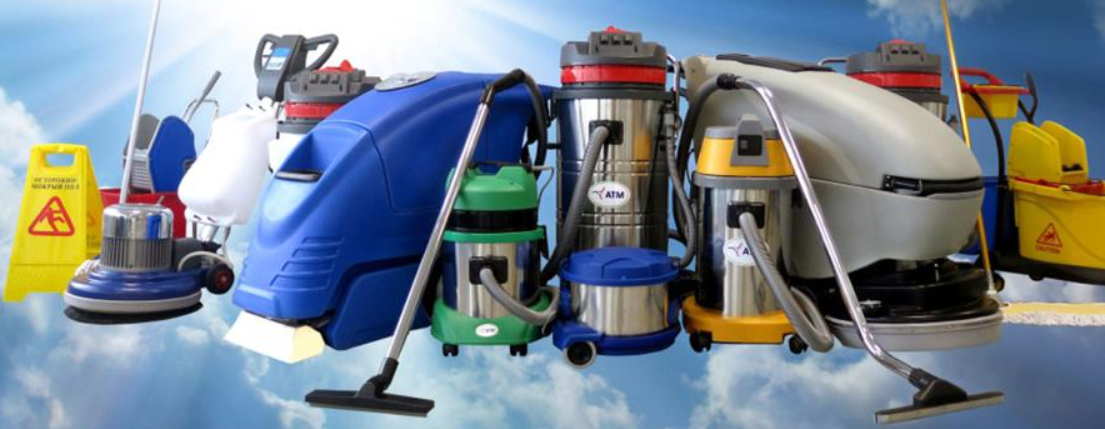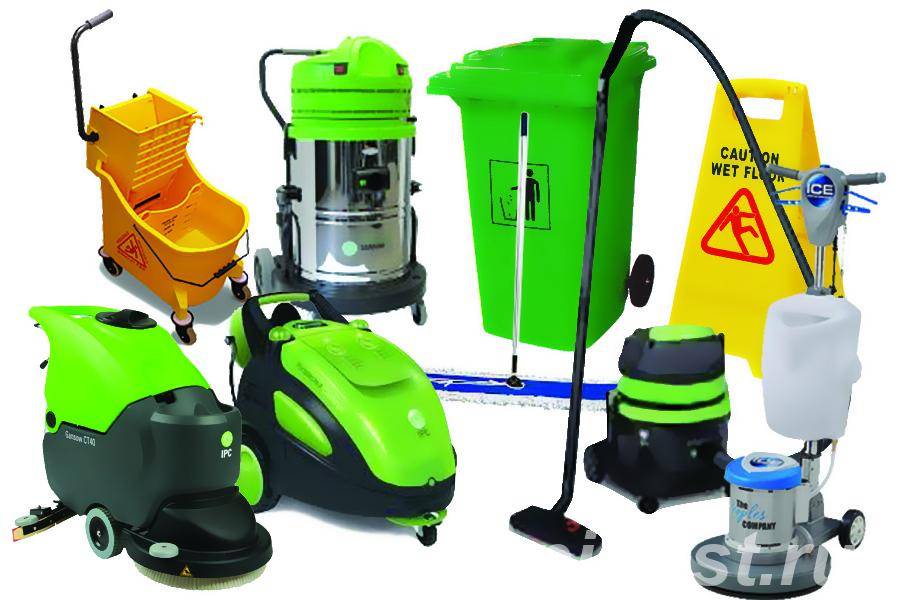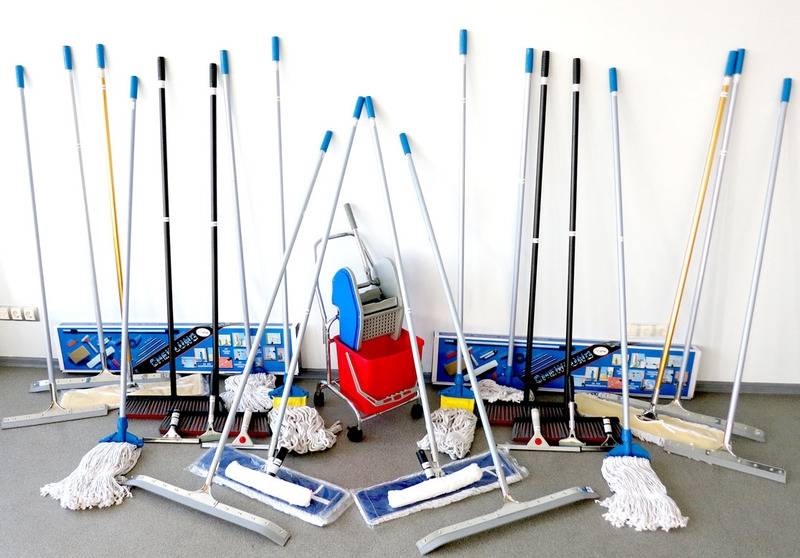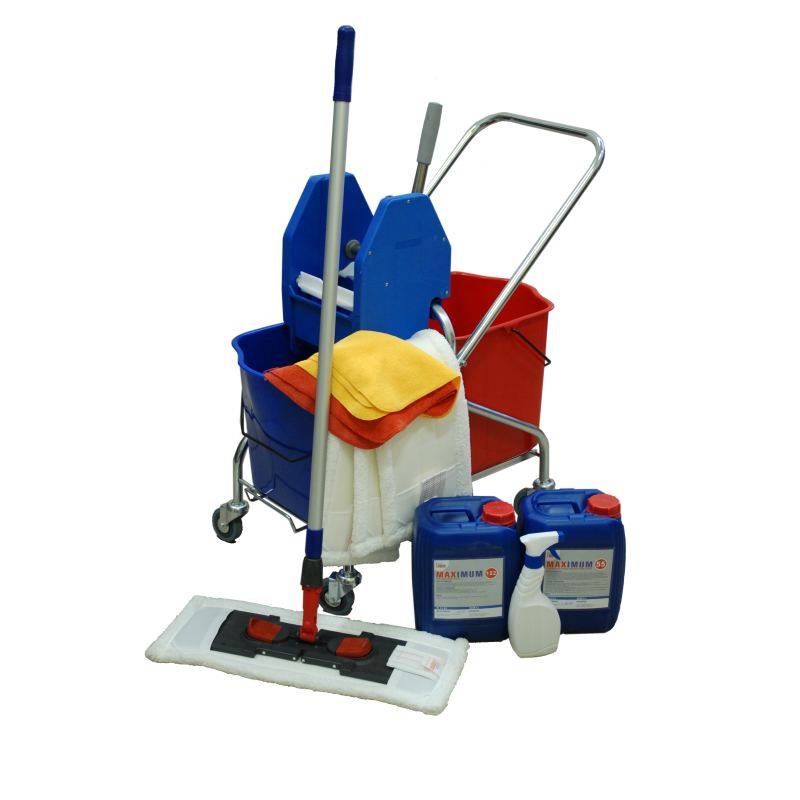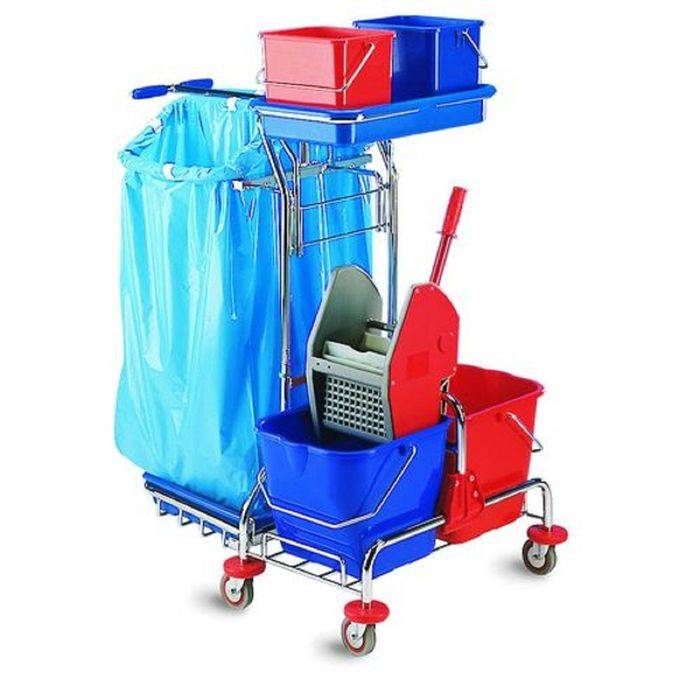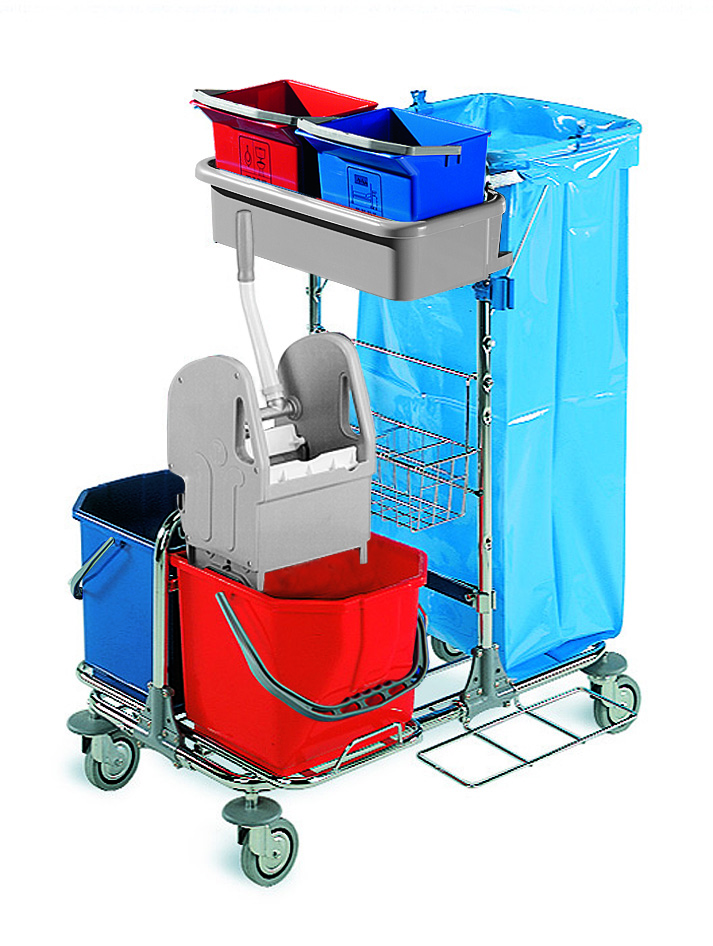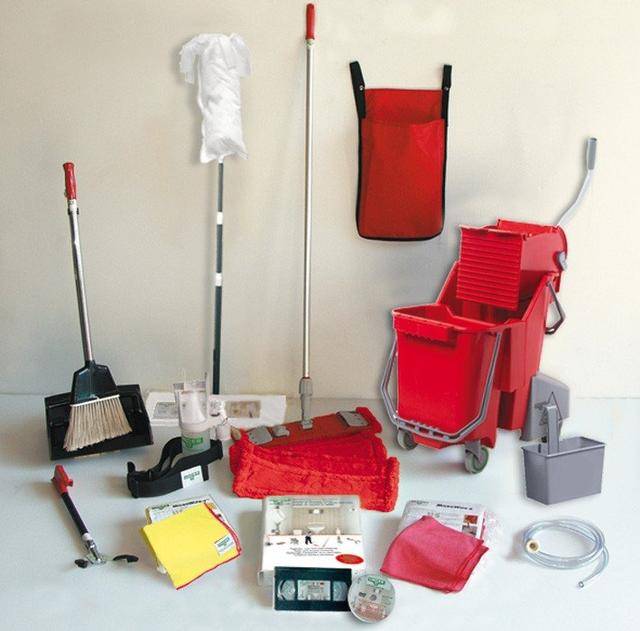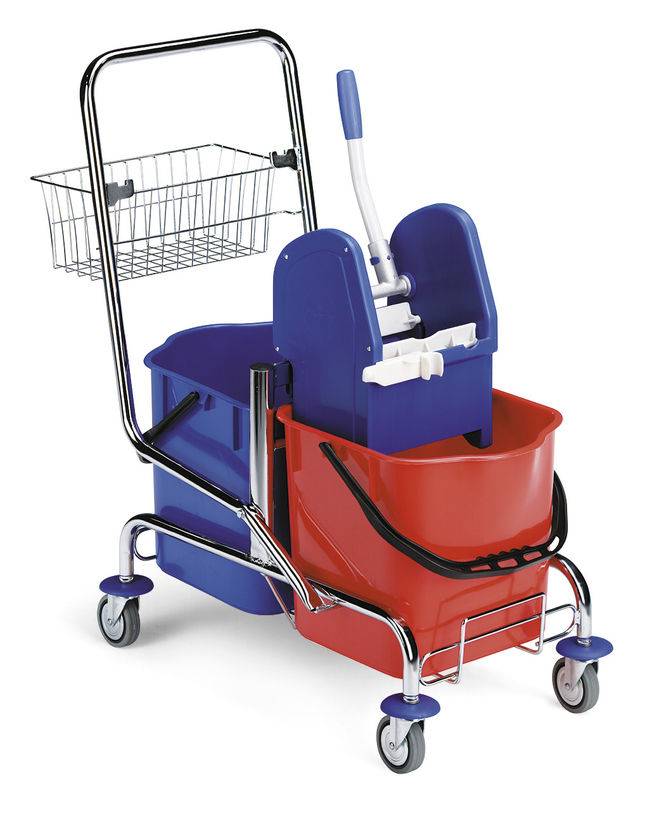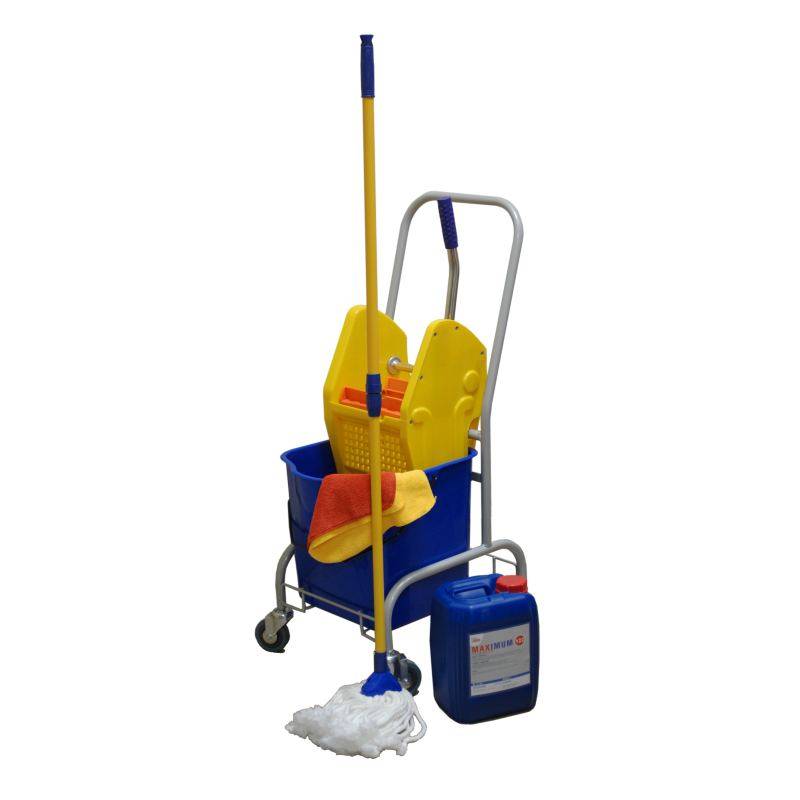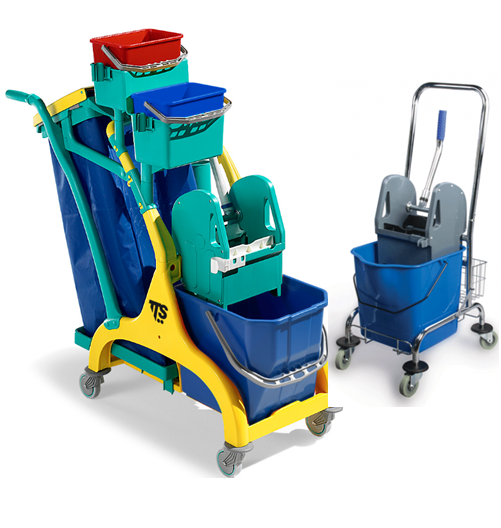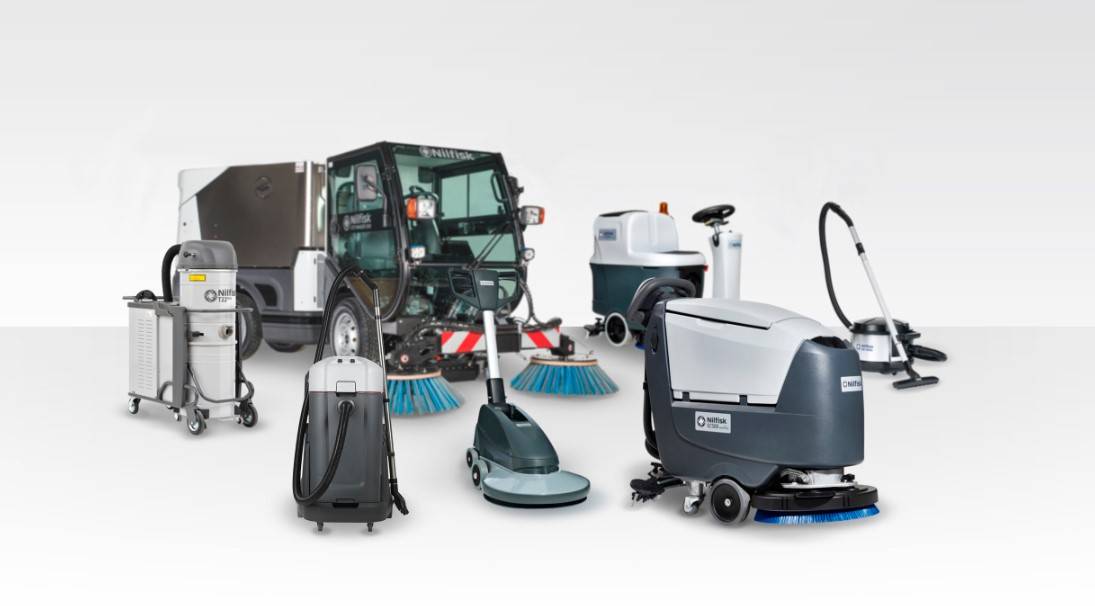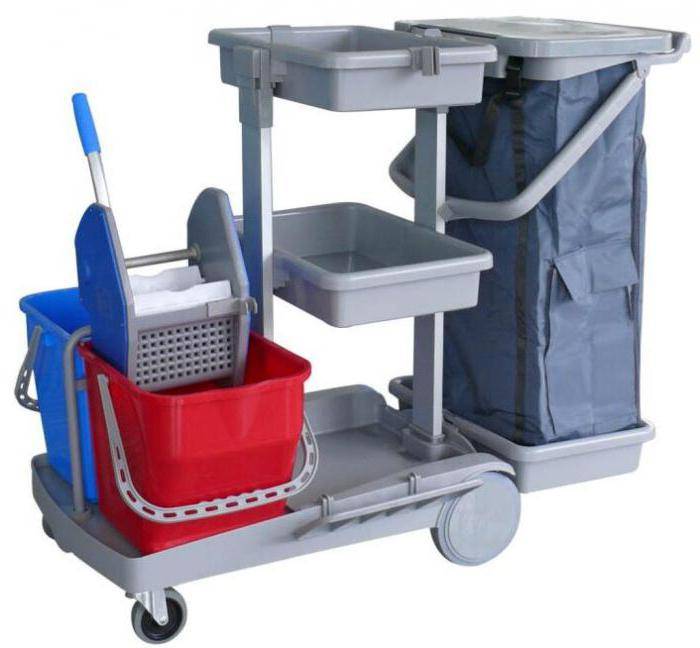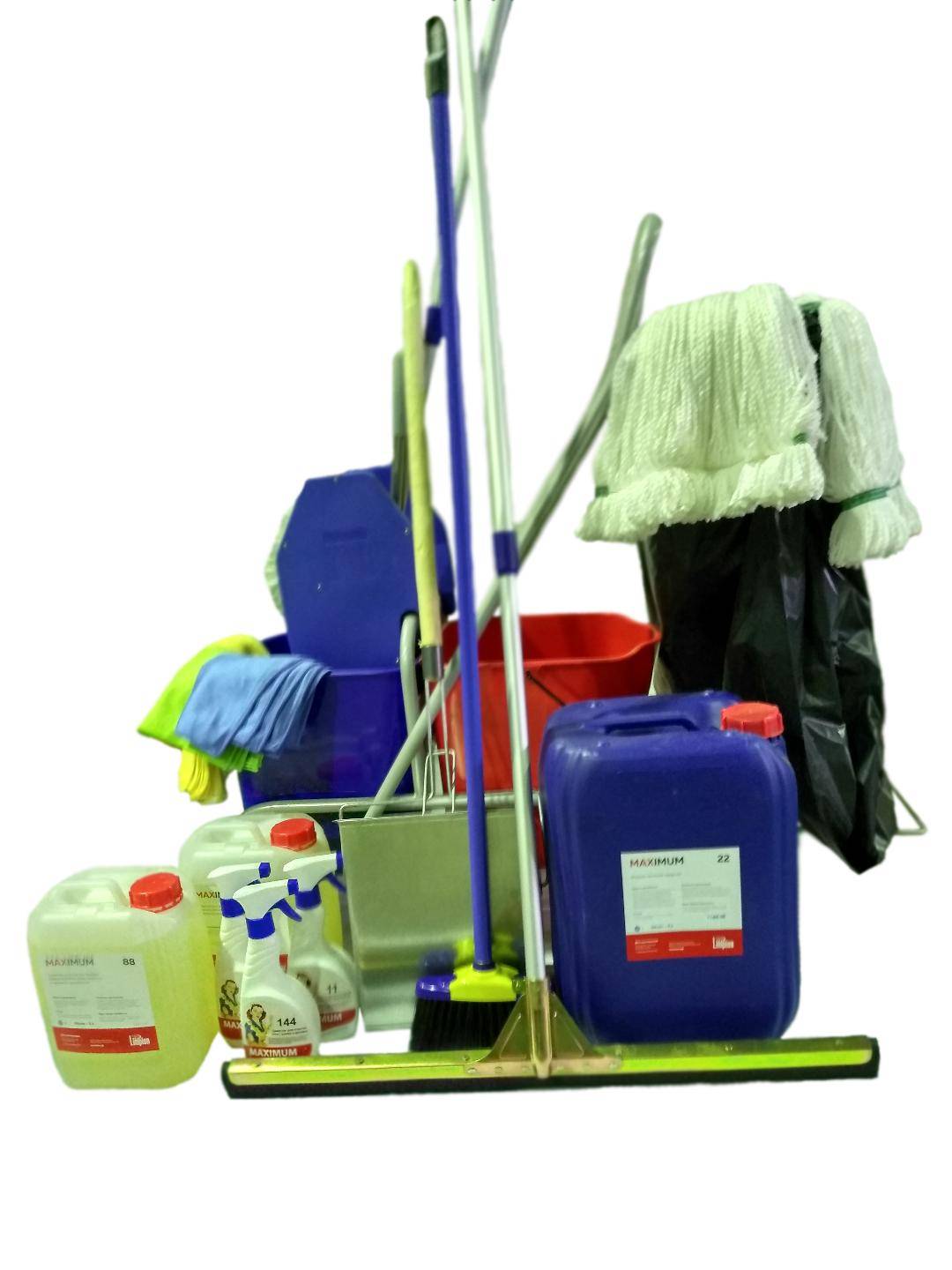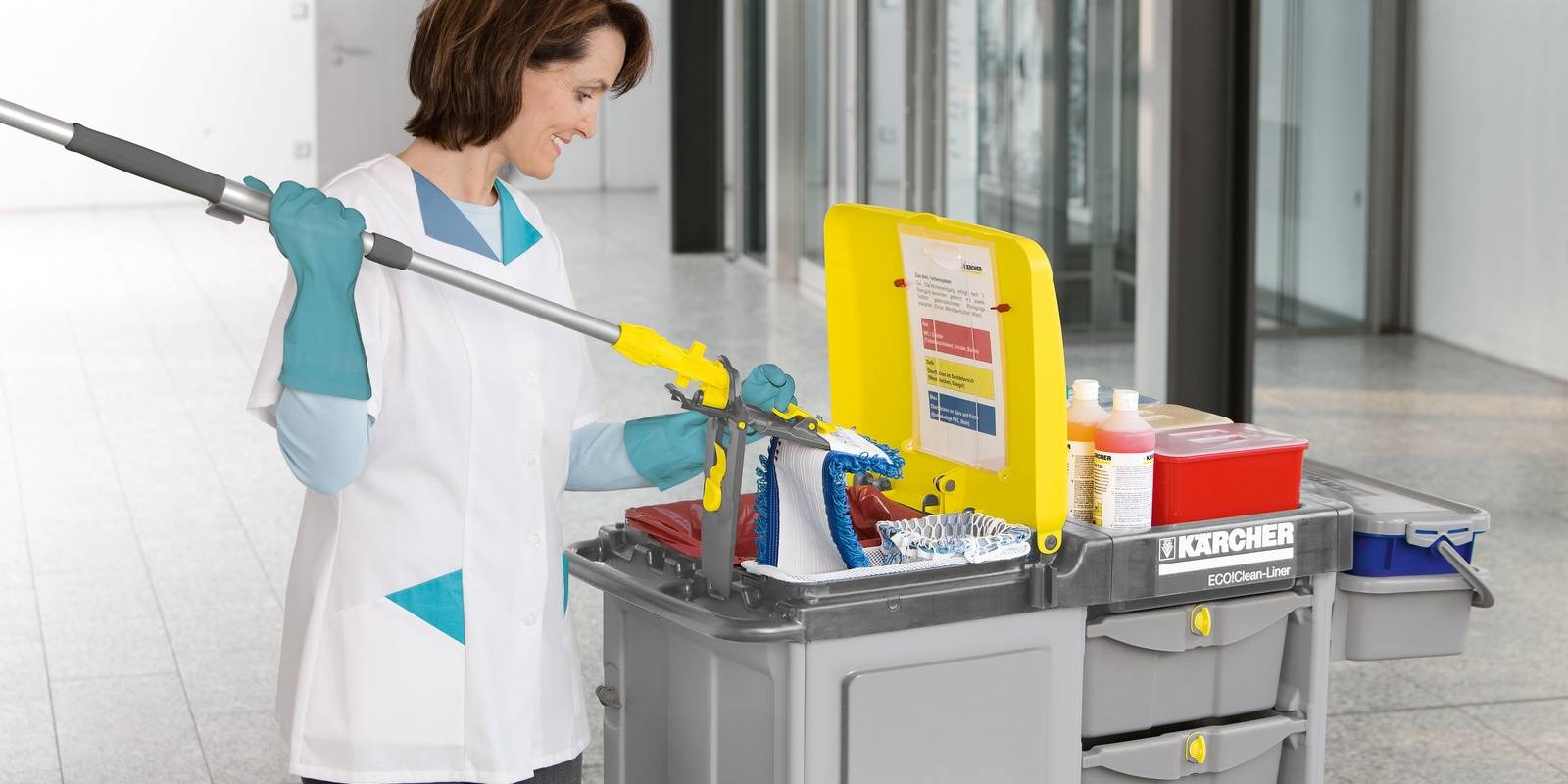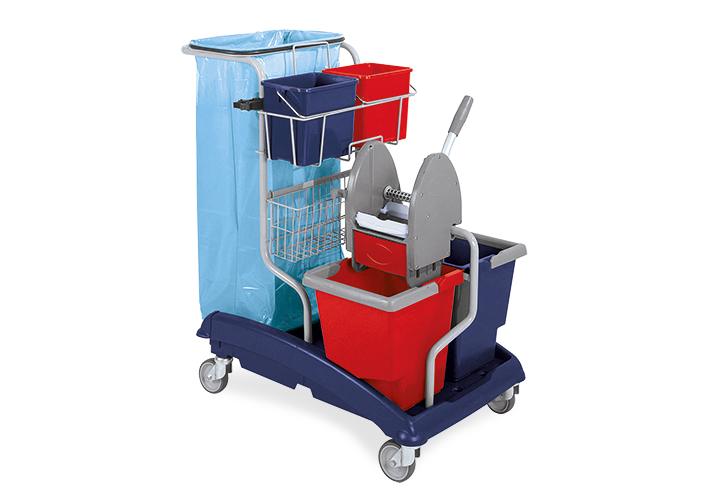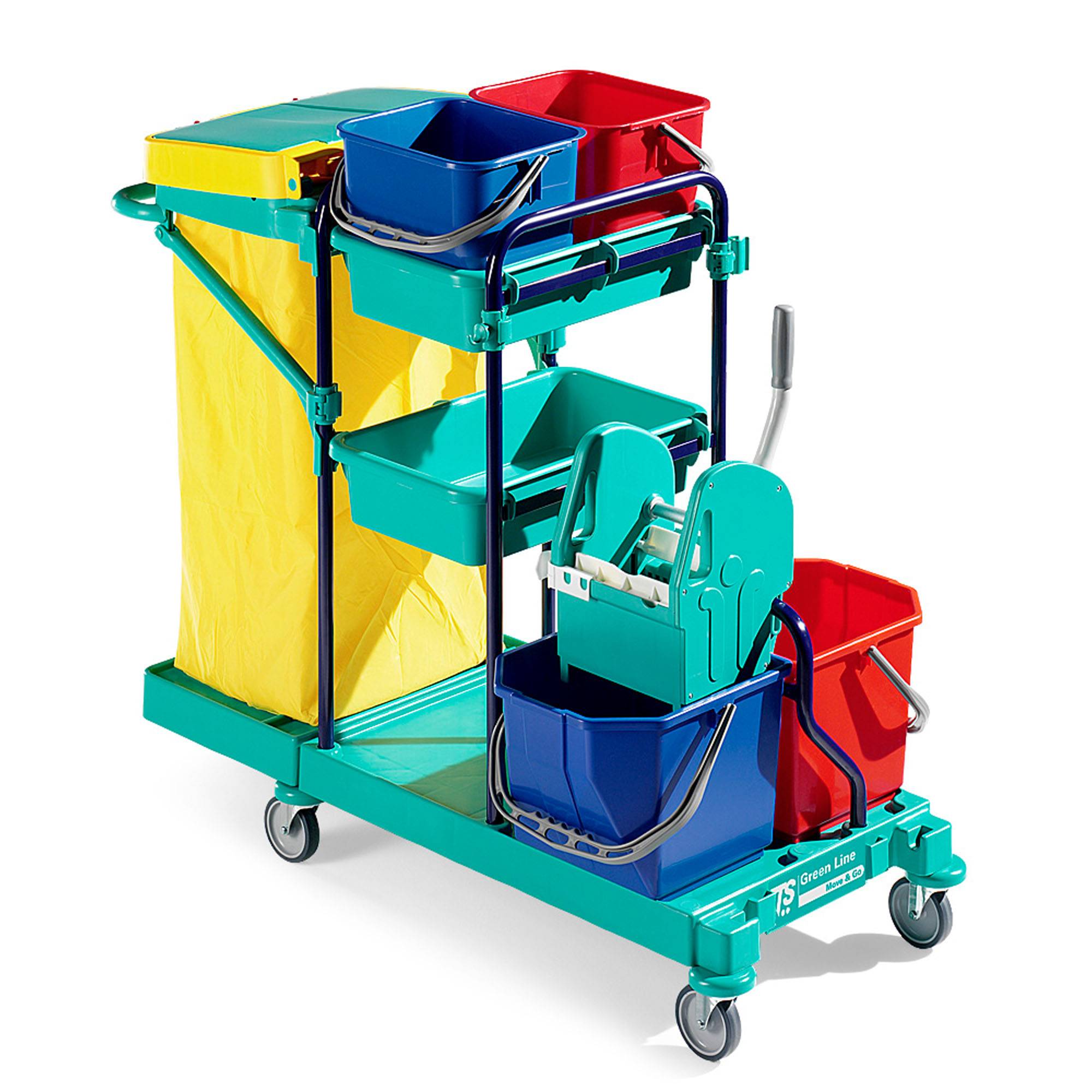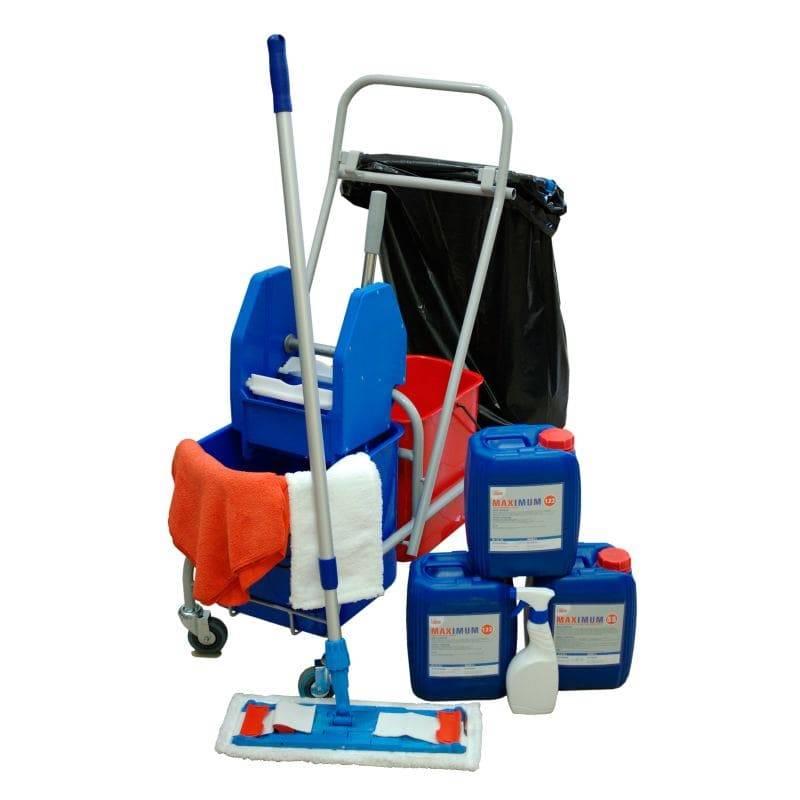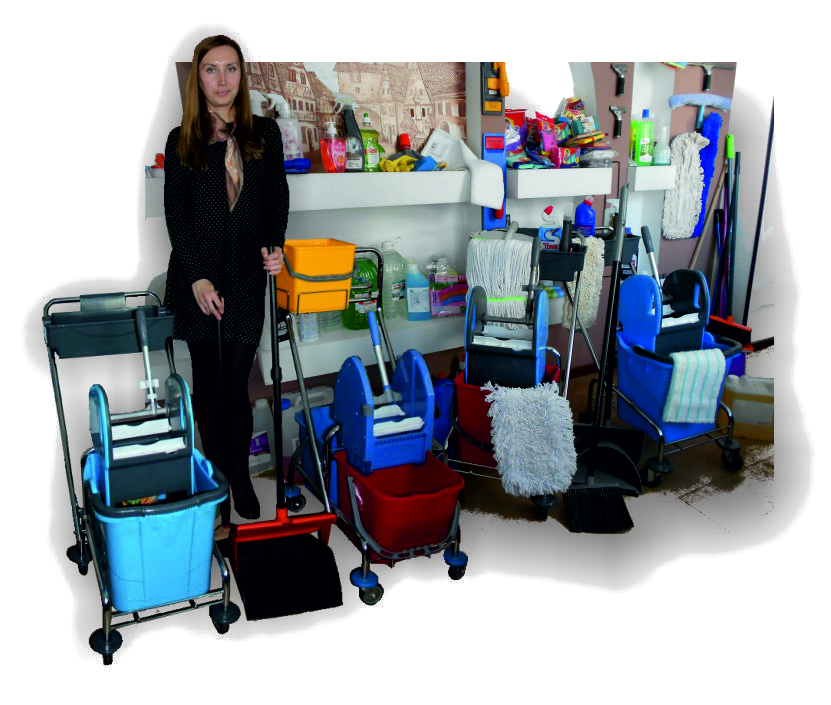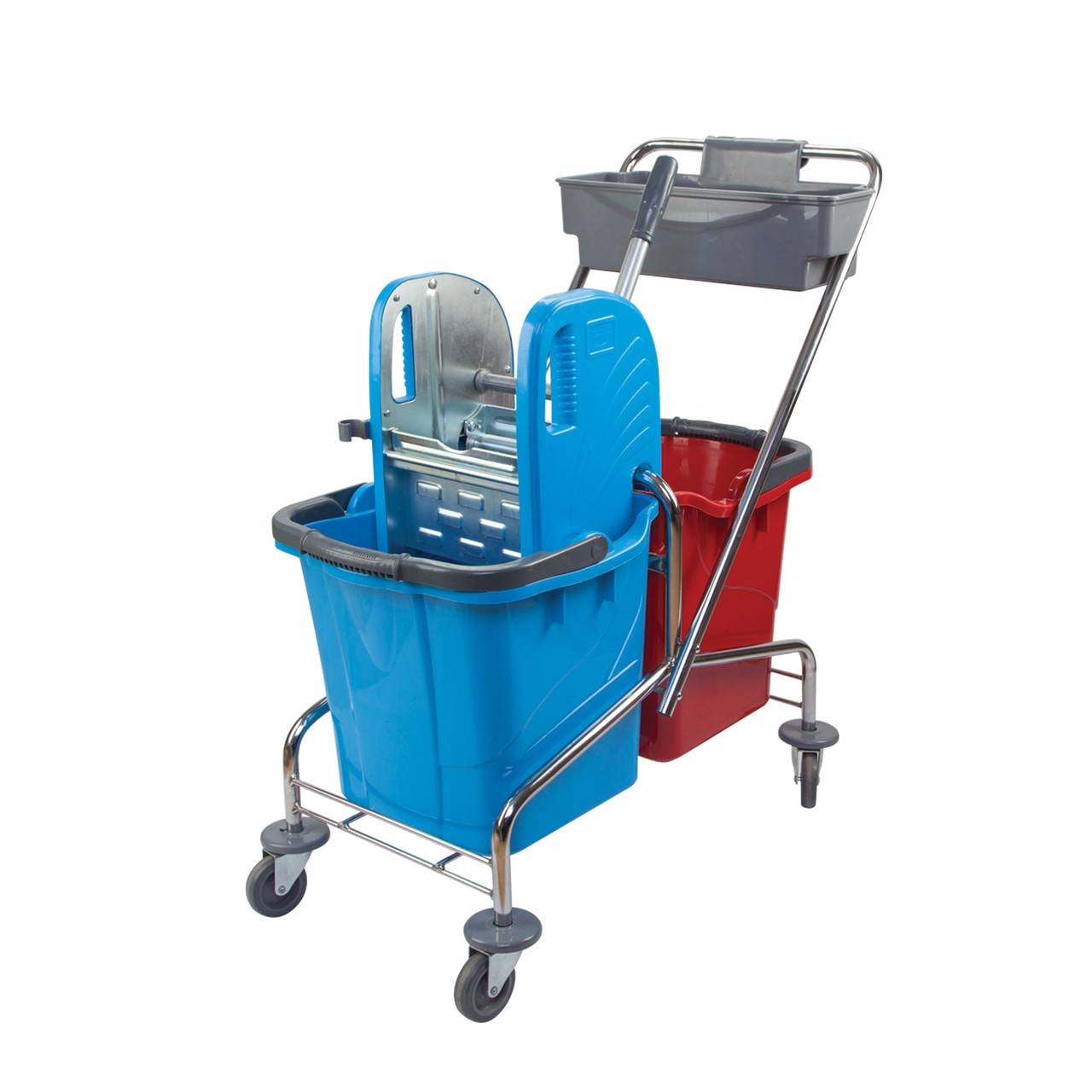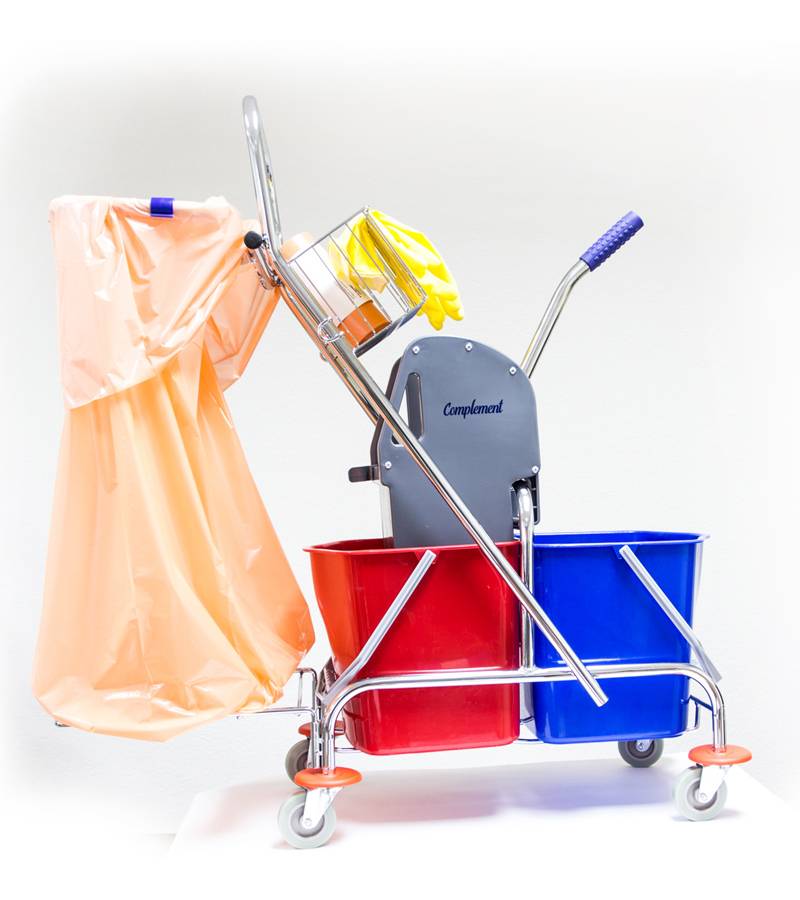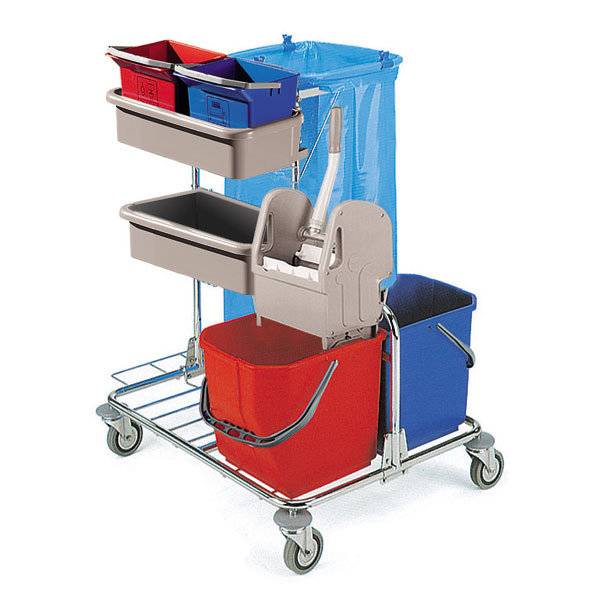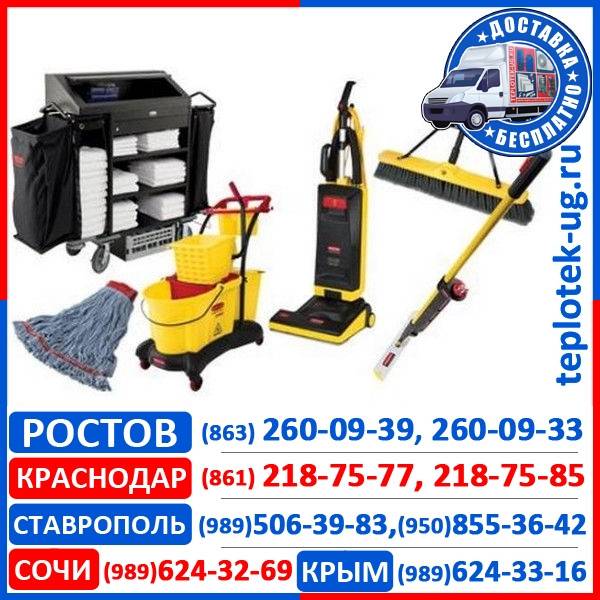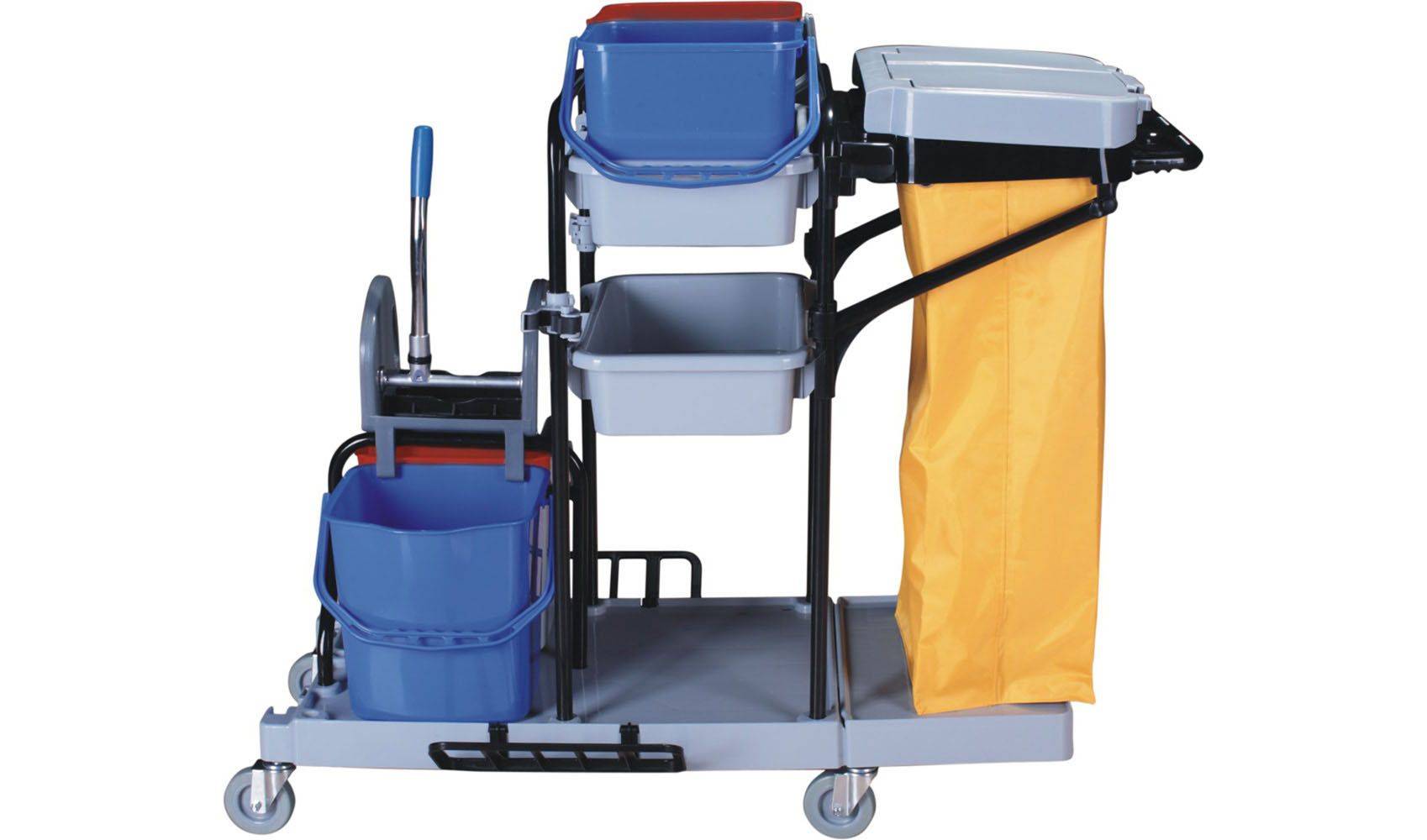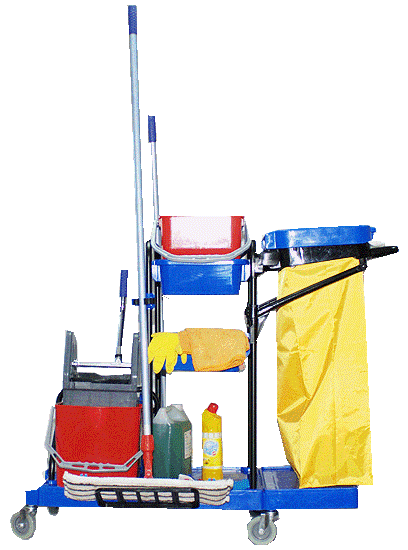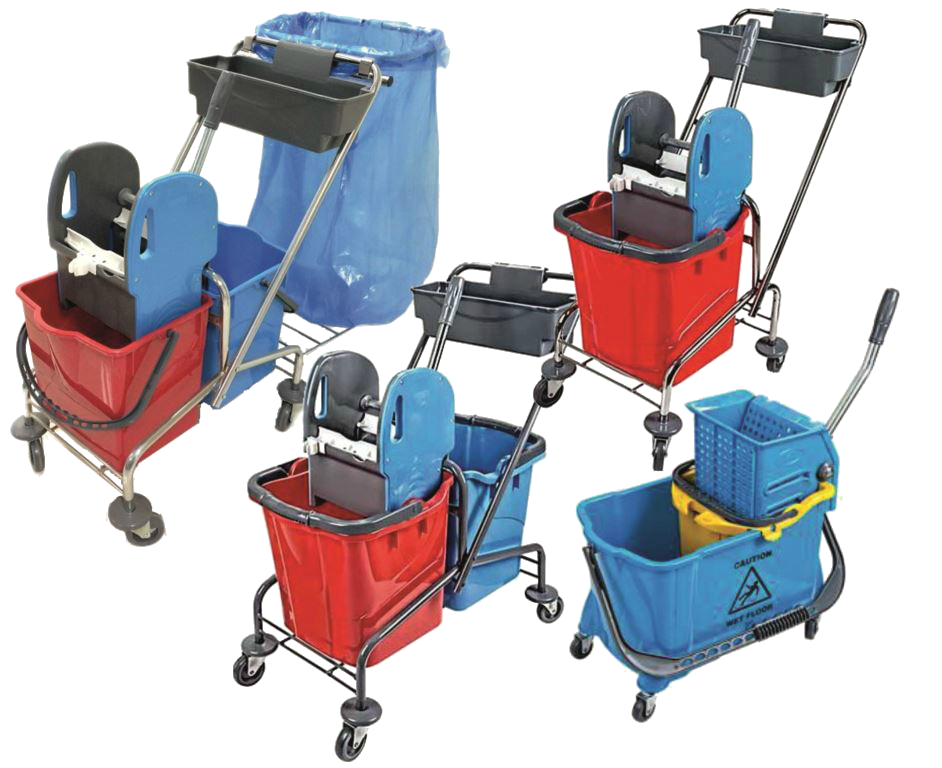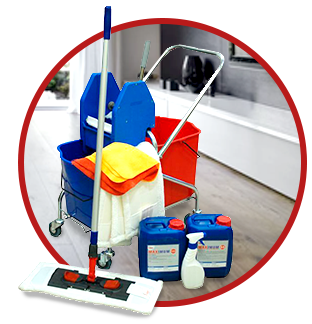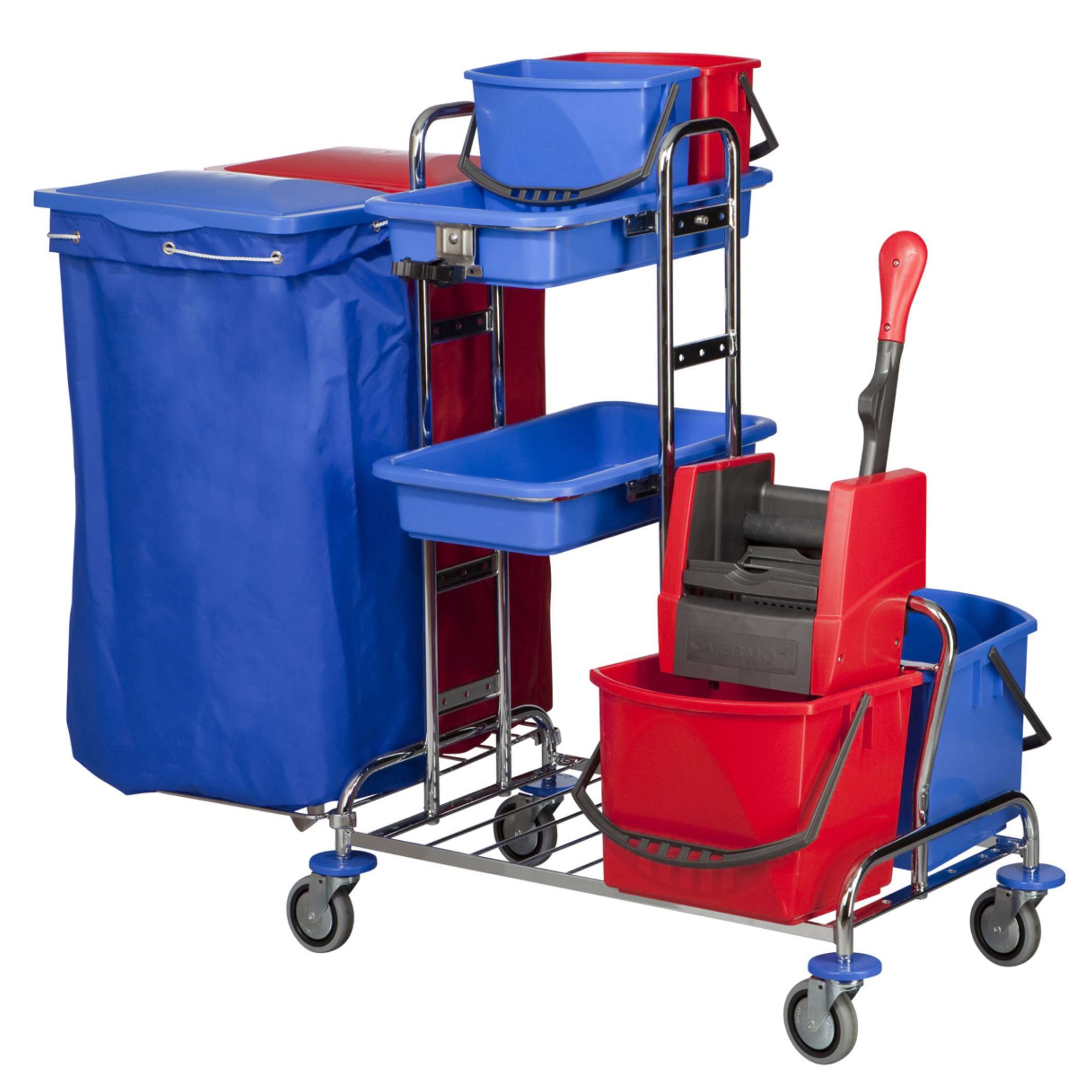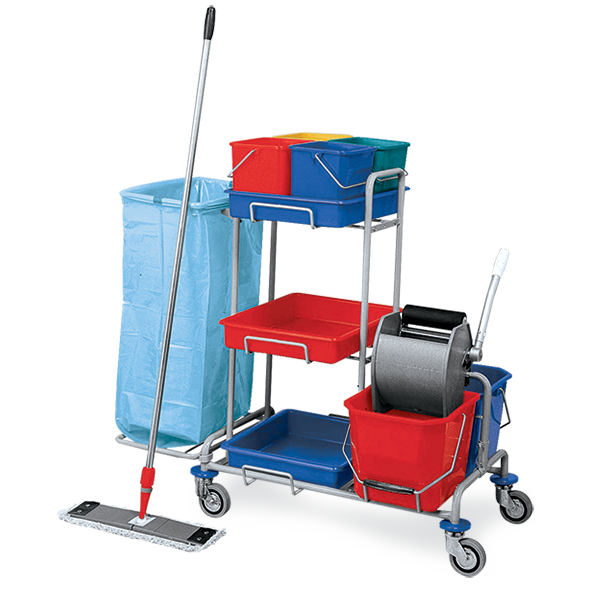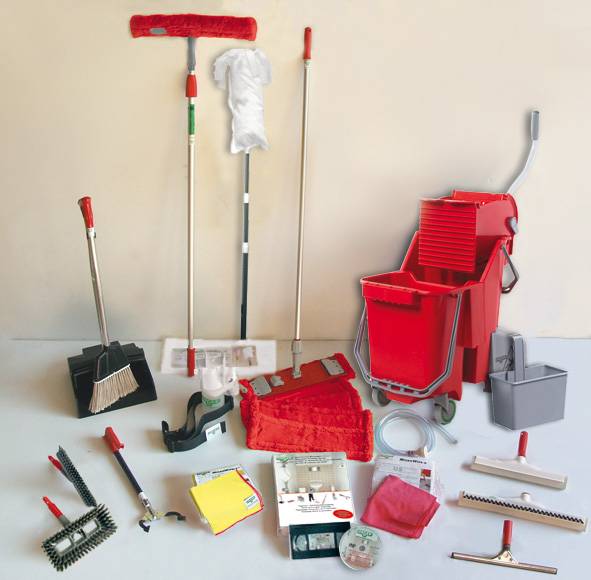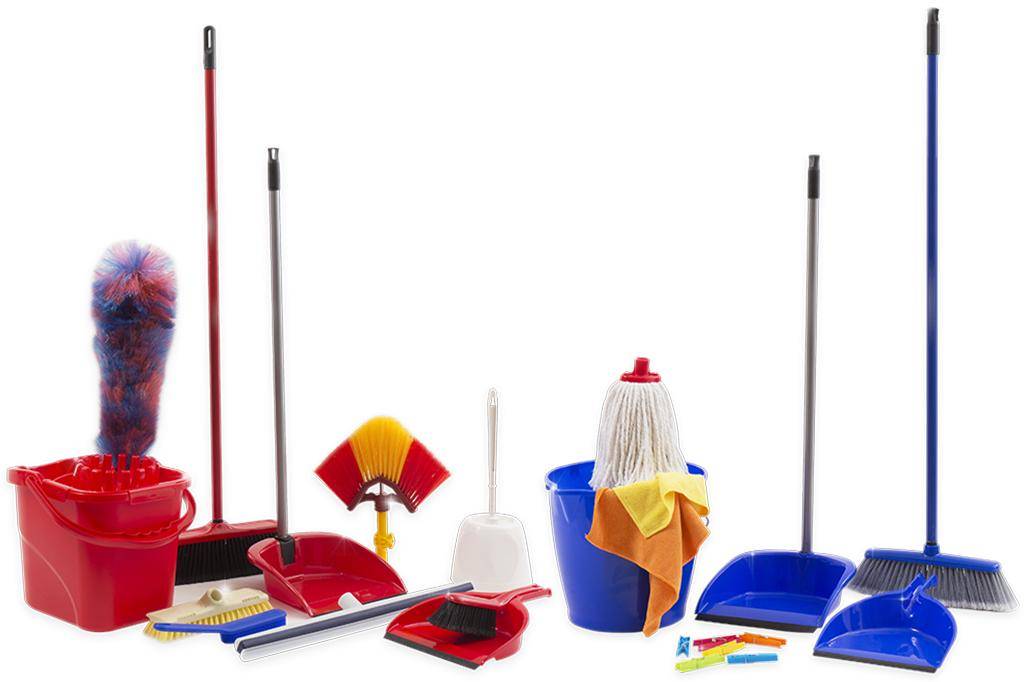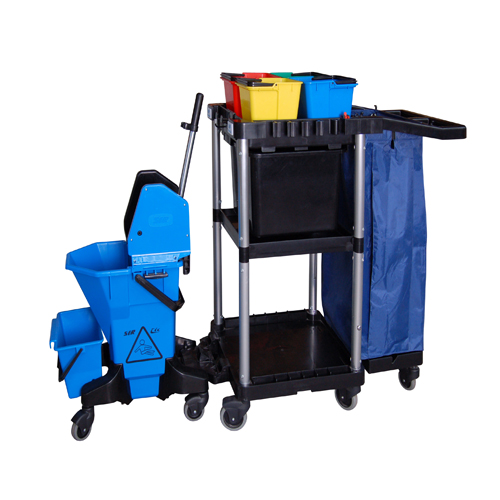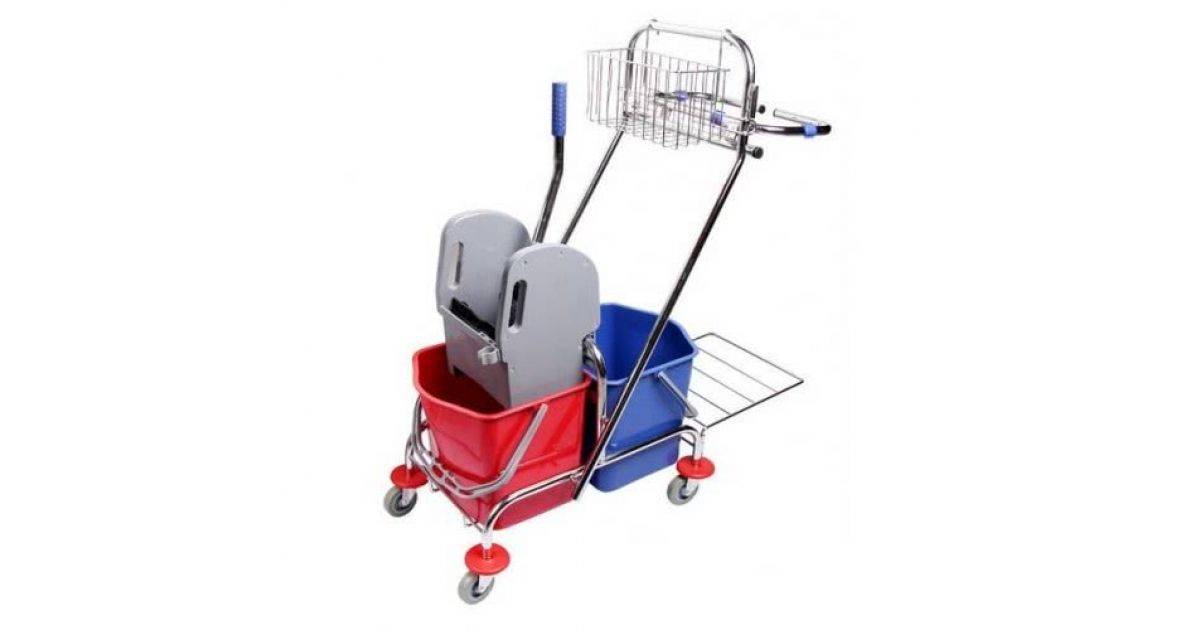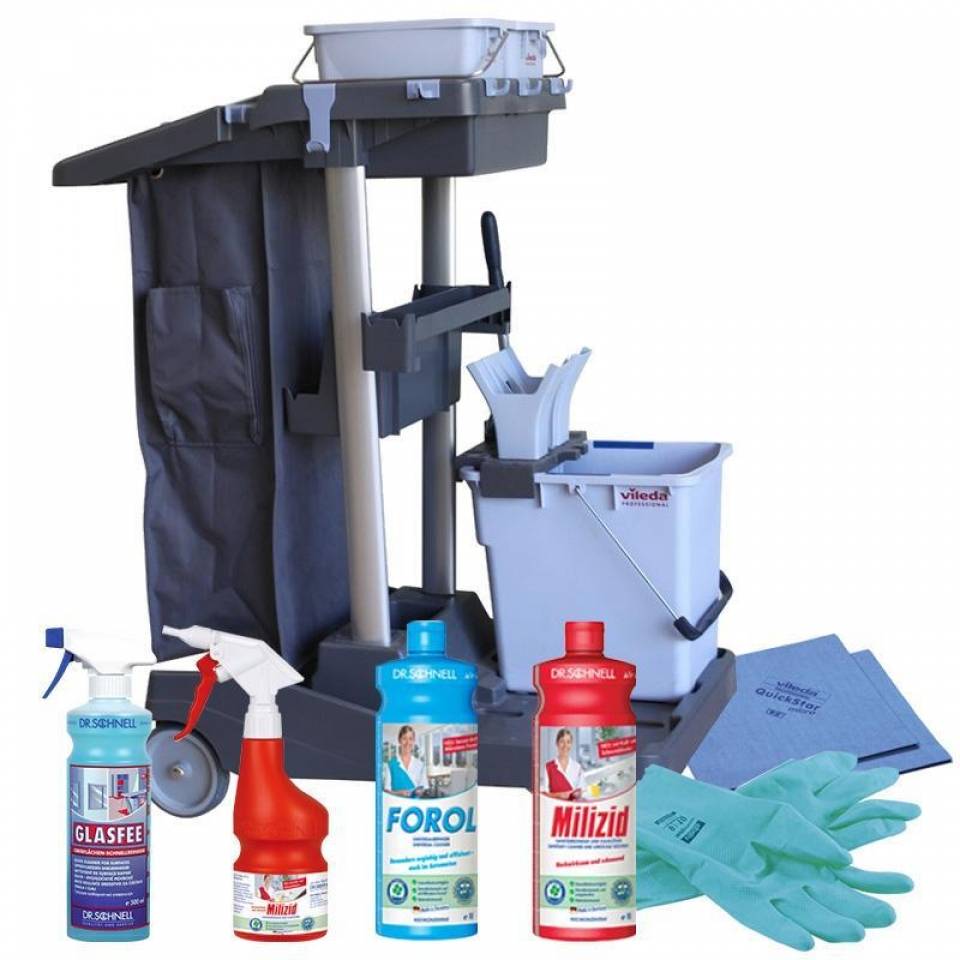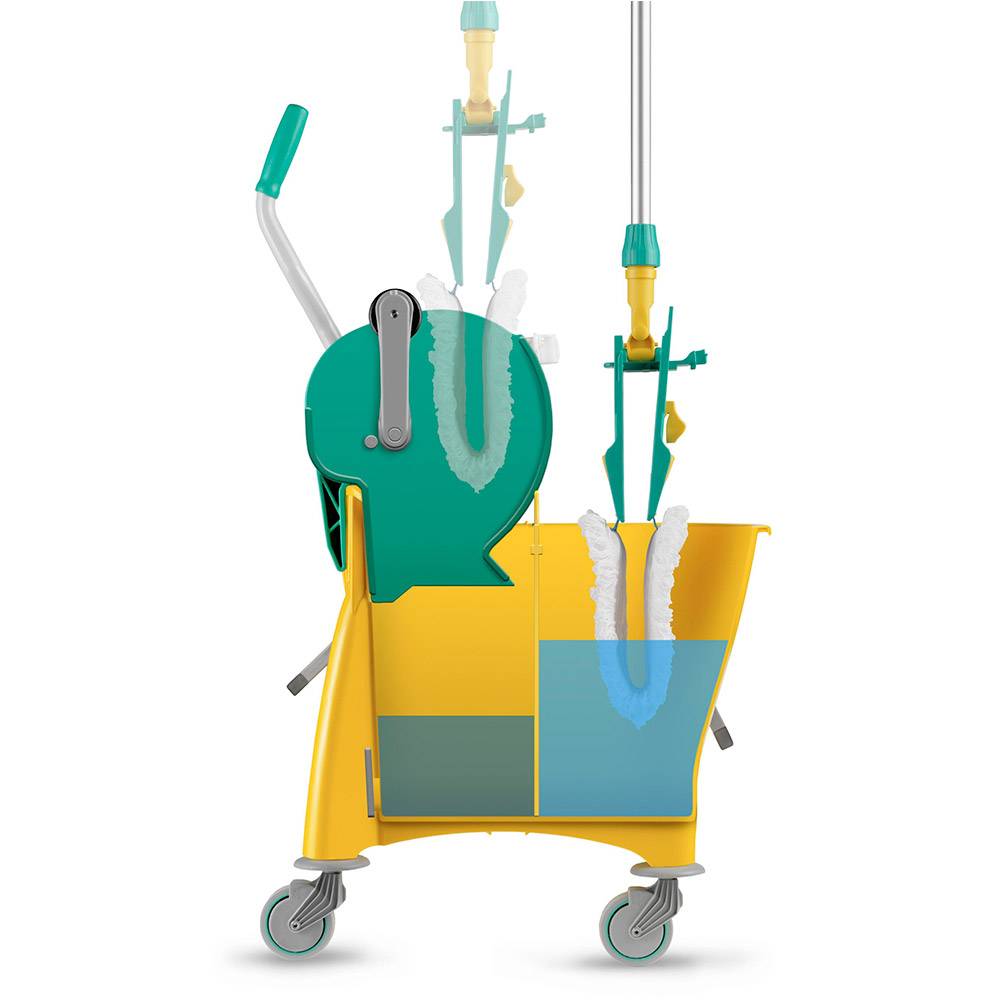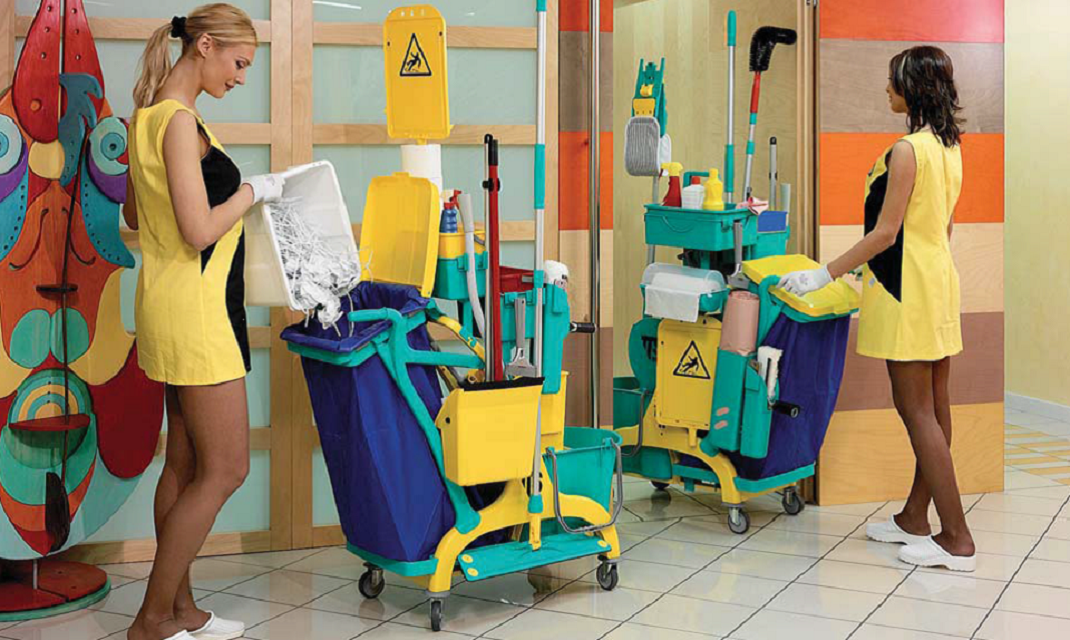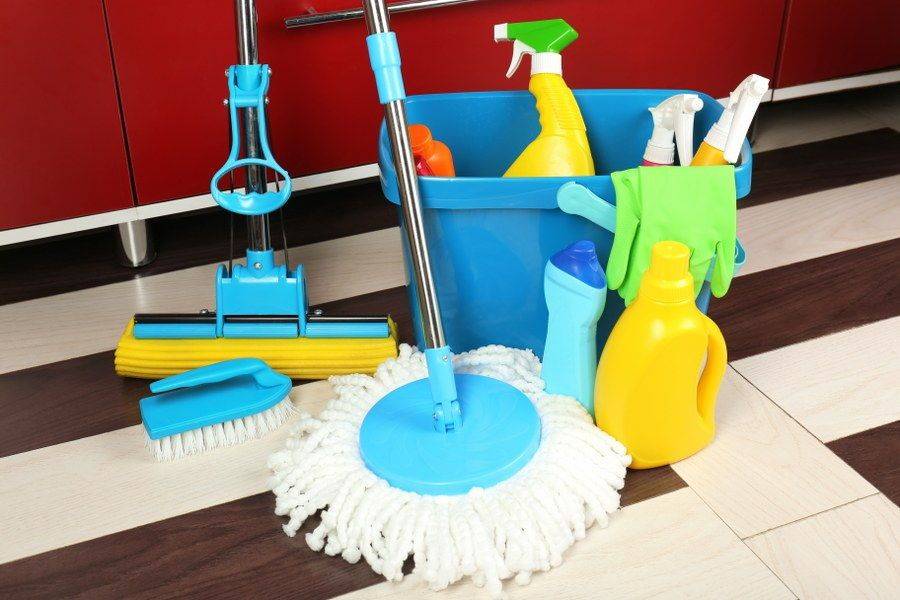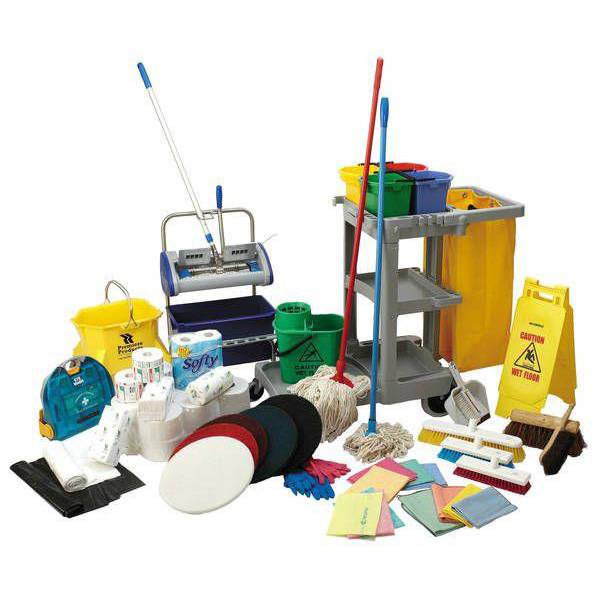What kind of cleaning is there?
Cleaning, now often called by the fashionable word "cleaning", is necessary for everyone, regardless of living and working conditions. Every apartment, like every organization or enterprise, has cleaning tools - whether it is an elementary broom with a scoop or high-tech equipment. It all depends on the type of cleaning. The classification is based on mechanization, water use, place of harvest and frequency.
Mechanization distinguishes between manual and mechanized harvesting.
Depending on the amount of water used, there are three types of cleaning.
- Dry cleaning - dust removal with electric brushes, vacuum cleaners, sweeping machines or manually (with a rag, napkin, brush, broom).
- Wet cleaning - removing dirt from surfaces using a small amount of water. Usually applied after dry cleaning by spray cleaning with a spray bottle, wet mops, special wet wipes or rags.
- Wet cleaning - general cleaning using a large amount of water and disinfectants to clean floors, glass, tiles, some types of furniture. It can be either manual or mechanized.
Cleaning is internal and external.
- Indoor cleaning is intended for residential, as well as public and industrial premises.
- External cleaning is used to clean the streets, roads, parks, squares, and adjacent areas.
According to the frequency, cleaning is daily, weekly, monthly and general (on demand).

Views
Depending on the target audience of the cleaning company, you should select the necessary equipment. If this is apartment cleaning and regular cleaning of small offices, then it is enough to buy a vacuum cleaner, a good vacuum cleaner, a steam cleaner, dry cleaning, hand tools and consumables.
If a cleaning company is determined to clean large and very large objects, such as an airport, shops, large office premises, to take over entire buildings with a large internal and local area for maintenance, then a slightly different equipment should be purchased. It includes industrial vacuum pumps, powerful large vacuum cleaners, foam generators, floor polishers, rotary machines, floor cleaning machines, tools for removing snow, including from the roof, road cleaning equipment.

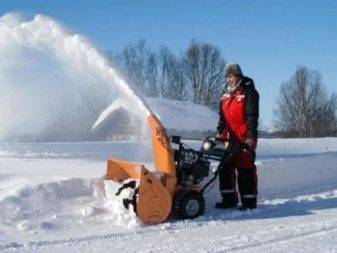
For cleaning inside small rooms, manual equipment is used. For washing the floor on large areas, professional scrubber driers are used, the power and productivity of which is many times higher than manual ones.
Today, technologies have reached the point that large industrial equipment is connected to a GPS system so that the operation of the machine and the worker can be monitored.
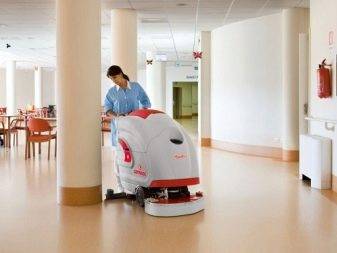
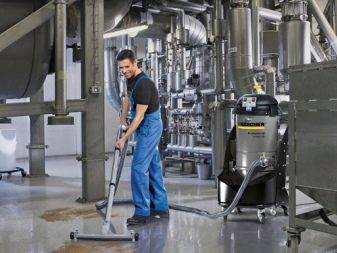
Bucketless cleaning of the premises
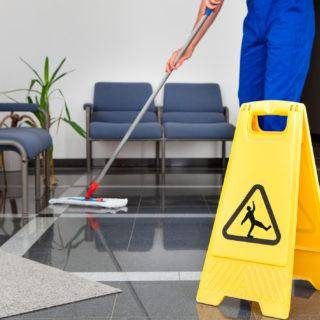 A way to clean up without buckets
A way to clean up without buckets
Cleaning of premises using buckets has become a part of life. Do not forget about this method and professional cleaning companies. Moreover, the method is known all over the world. It is quite difficult to refuse it, but it is time for a change. A bucketless cleaning method has come to replace it. These are mops mounted on a mop with or without spinning. This option is common in Europe. It was invented in Finland in the 80s. Popular in medical institutions.
Bucketless cleaning process:
- Use prepared mops to wipe the required area.
- The contaminated part of the inventory is immersed in a container.
- Next, use another mop.
Mops are prepared in advance by impregnating them with an antibacterial agent. Used mops are washed and disinfected. Thus, a repetitive cycle occurs.The material used for the attachments must be microfiber. It absorbs dirt better and is easy to clean. The bucketless cleaning method meets the sanitary requirements established in Russia.
This method has several advantages:
- takes less time;
- saves money and water;
- the quality of cleaning improves;
- the cost of purchasing mops is reduced;
- a smaller staff of cleaners can handle.
Note! When choosing cleaning assistants, it is better to use cordless devices. Since the cable is able to restrict actions
In this case, the capacity of the battery must be sufficient.
Specific inventory storage requirements
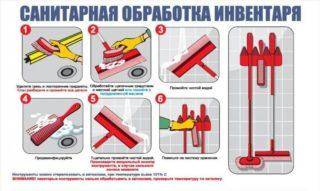 After cleaning, be sure to disinfect the inventory.
After cleaning, be sure to disinfect the inventory.
Storage rates for cleaning equipment vary by location. At home, there are no specific requirements. As for public places, in connection with sanitary and hygienic requirements, there are rules for storing equipment:
- All harvesting material should be signed and marked with a bright color.
- A separate room should be allocated for storing carts, buckets and mops. For large industries - an area of no more than 4 square meters, and a height of 1.5-2 meters.
- Washing machines for attachments and rags are located in the same room.
- After putting things in order, all involved equipment is disinfected, washed and dried.
- Separate appliances are used to clean walls and floors and stored separately from the rest.
- The vacuum cleaner is placed in a closed and dry cabinet.
The main recommendation for storing inventory is compliance with sanitary and hygienic requirements, as well as convenience in location. Such storage rooms are available in every public institution. Strict adherence to the rules is observed in medical, restaurant, educational and other buildings.
Note! Proper use and storage of cleaning equipment will save not only time, but also the cost of cleaning supplies and personnel.
Types of inventory
The process of putting things in order is being improved and facilitated every year. Even an ordinary mop no longer resembles a wooden triangle with a rag. Just like the cleaning itself, the equipment for it has its own classification.
Hand cleaning equipment
The following tools are used for dry cleaning:
- a scoop with a long and short handle;
- broom, brush with a long or short handle (improved broom).
The advantages of the brush are its durability, and the long handle allows you not to fatigue your back.
For wet and wet cleaning, you need two basic items.
- Bucket (plastic, galvanized, enameled). Recently, mainly plastic buckets have been used.
- Mop - with a sponge, with a platform, wooden, rope. There are also straight and angled mops.
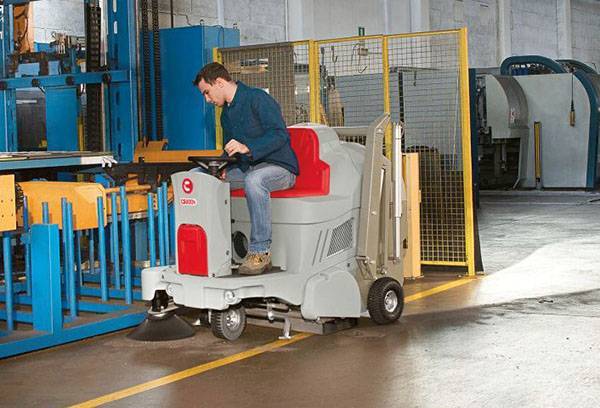
Mechanical cleaning equipment
There are two main types of techniques for dry cleaning.
- Vacuum cleaner (with a dust collector, with an aquafilter, bagless container and cyclonic vacuum cleaners). Modern models are also used for wet cleaning.
- Sweeper (mechanical, battery, combustion engine, operator seat).
The following mechanisms are required for wet cleaning.
- Washing machine. Typically used for large production areas. The size is selected in accordance with the area to be cleaned.
- Steam generator (electric, diesel, industrial).
- Carpet cleaning machine. For dry and wet dry cleaning of pile coatings.
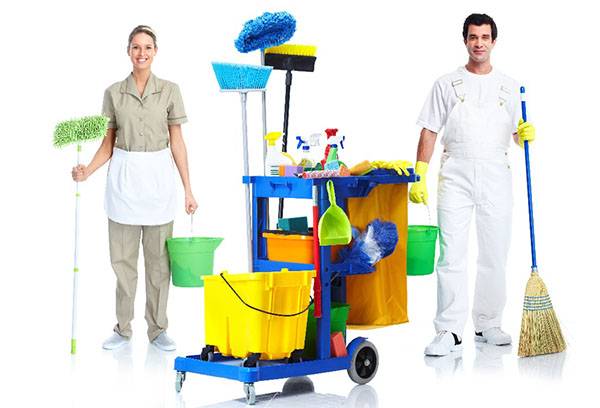
Correct selection
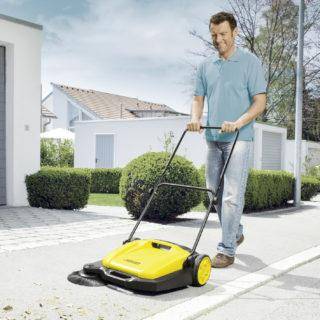 Sweeping machines
Sweeping machines
When choosing equipment for cleaning, you need to be based on the following factors:
- area of the room;
- amount of contamination.
In warehouses, industrial workshops, as well as shopping centers, special cleaning equipment is used, which has a wide range of capabilities and small dimensions.This is necessary in order not to disturb the silence during working hours, and also not to clutter up the aisles. Office rooms need simple equipment: a mop, rag, vacuum cleaner, and antibacterial fluid. Cleaning in hotels has been improved by equipment and cleaning agents. The obligatory set of cleaners includes:
- Nanotechnology wipes for cleaning all types of surfaces.
- Microfiber rags with wring system.
- Bucket trolley with wheels. Consists of a carriage with 2 containers. One is for wringing the mop, the other contains the solution. In addition, there are compartments for storing additional tools.
- Disposable wipes are often used in cleaning public real estate.
Equipment for cleaning premises is necessary in public institutions: gardens, clinics, catering places. This is due to increased sanitary and hygienic requirements.
Important! A lot of useful equipment has been developed for cleaning. Consultants in specialized stores will help you understand their purpose.
The main categories of professional cleaning equipment
As noted, the classification of cleaning equipment is carried out on the basis of the tasks and goals that such tools and equipment solve. In particular, for wiping glasses, they purchase some cleaning agents, and for disinfection - specialized compositions. Among the modern inventory there are professional equipment and tools that solve strictly defined tasks. Such products are used for cleaning premises with increased requirements for cleanliness.
Also, the gradation of professional equipment is carried out taking into account the frequency and nature of cleaning. There are similar products for everyday, special, multipurpose and other cleaning. Therefore, inventory requirements differ depending on the type of classification used.
Special equipment
Regardless of the type of equipment, the following requirements apply to special cleaning equipment:
- high performance;
- strength;
- reliability;
- long service life.
Also, such equipment should not damage furniture during the cleaning process. For cleaning living quarters, it is recommended to purchase equipment that does not make noise during operation.
Special cleaning equipment is divided into the following types:
- vacuum cleaners for dry cleaning;
- dust pumps;
- carpet cleaners (carpet washers);
- polishers (single-disk machines);
- sweeping machines and others.
Vacuum cleaners are used to clean carpets, rugs, upholstered furniture and other items from dust and debris. These devices are complemented by various attachments, each of which performs a specific function. Vacuum cleaners are used for everyday cleaning.
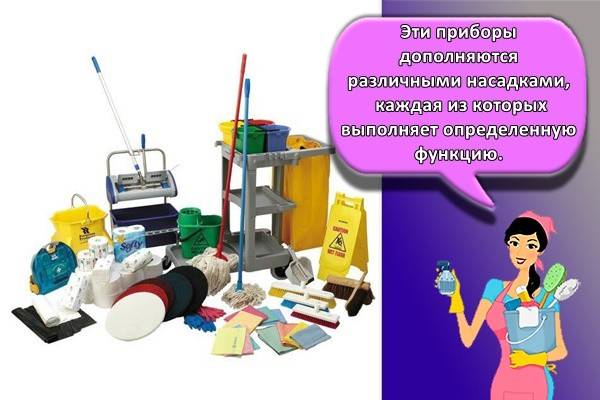
Dust pumps are designed to remove stubborn stains. These devices also have ways to collect wet debris. For cleaning carpets, specialized extractors are used, which remove dirt using detergents. Floor cleaning machines have been created for cleaning floors. Some types of this technique are capable of sweeping flat surfaces. For the finishing of floors, floor polishers are used, which apply wax or polish the surfaces.
Household goods
The group of household goods combines:
- mops;
- brushes for washing windows;
- gloves and wipers;
- napkins (microfiber and other materials);
- sponges;
- brushes and more.
The group of household goods includes attachments for mops and other devices for cleaning premises. The listed inventory is divided into separate groups depending on the area of application.
Buckets, wringers
According to a number of classifications, buckets and wringers are household goods. Such products are made of durable plastic that can withstand repeated and many years of use. Buckets and wringers are also divided into several groups.
For washing windows
For window cleaning are used:
- a sponge for applying a cleaning agent;
- a tool for cutting the solution;
- telescopic handle.
These items are included in the standard window cleaning kit. Also in this case, microfiber rags and other similar products are used.
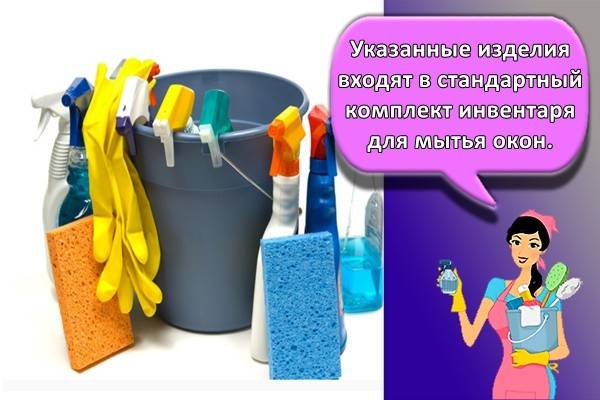
For cleaning premises
The group of inventory designed for cleaning premises is made up of the previously mentioned products. Mostly, specialized equipment is used to clean the interior rooms and corridors. This is due to the fact that professional cleaning (if carried out regularly) takes a lot of time. But, unlike other considered cases, you cannot do without household goods and hand tools to clean the premises.
For cleaning territories
For the cleaning of territories, mainly specialized equipment such as sweeping machines is used. Hand tools in this case are used to clean a small area.
Professional chemistry
This group includes a variety of cleaning products designed for cleaning carpets, furniture, and so on. Professional chemicals are used to remove complex, simple and specific stains (from coffee, tea and others).
Other
To facilitate the cleaning of premises, apply:
- stepladders;
- step ladders;
- platform ladders.
If necessary, after cleaning, use means for polishing surfaces and applying wax. A separate group includes equipment for cleaning escalators and stairs.
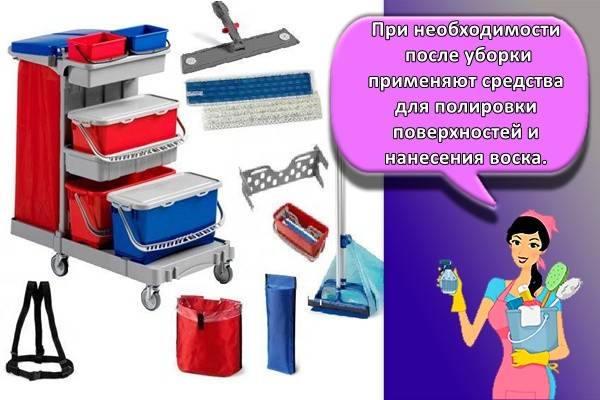
How to choose the necessary cleaning equipment
Due to the fact that companies produce various gadgets to facilitate production processes, the choice of equipment for cleaning is associated with a number of difficulties. Therefore, before buying such equipment, you need to decide on the area of future work. In particular, it is recommended to purchase different inventory for rooms (apartments), office buildings and large warehouse (retail) premises.
Moreover, each company providing such services must buy:
- 2-3 types of vacuum cleaners (including washing);
- equipment for drying products after washing;
- scrubber drier;
- floor polisher;
- steam generator for cleaning carpets.
In addition to equipment, it is recommended to purchase consumables (brushes, rags, and so on) and professional chemicals for cleaning various surfaces.
Share link:

